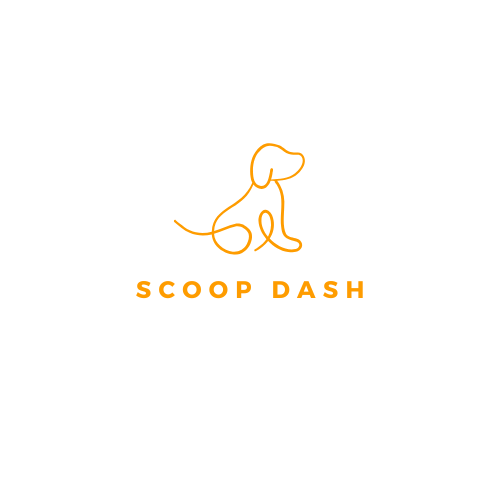Understanding the Waste Lifecycle: From Generation to Disposal
The waste lifecycle encompasses several stages, each critical in ensuring that waste management practices are effective and sustainable. Waste generation is the initial phase, occurring in various settings including residential, commercial, and industrial environments. Residential waste typically includes household garbage such as food scraps, packaging, and textiles, while commercial waste may comprise office supplies, packaging materials, and food waste from restaurants. Industrial waste, on the other hand, often contains hazardous materials, raw materials, and byproducts from manufacturing processes. Understanding the characteristics of these waste types is essential for implementing appropriate disposal strategies.
Once generated, waste often ends up in landfills or is incinerated; however, this disposal method significantly impacts the environment. Landfills can lead to soil and water contamination while incineration releases pollutants into the air. Hence, responsible waste management practices are pivotal. Not only do these practices mitigate environmental harm, but they also promote sustainability. By adopting practices such as source reduction, recycling, and composting, individuals and businesses can play a proactive role in minimizing waste generation at its source.
Source reduction, which involves designing products and processes to reduce waste, is a key strategy. For example, businesses can optimize packaging or utilize digital solutions to decrease paper waste. Furthermore, recycling plays an indispensable role in extending the lifecycle of materials, allowing resources to be recovered and reused rather than discarded. Composting organic waste converts it into valuable nutrients for soil, thus enriching the environment while simultaneously reducing landfill usage. Therefore, a multifaceted approach embracing these practices is vital to transform waste management and create a sustainable future.
Advanced Waste Separation and Treatment Techniques
The management of waste is undergoing a significant transformation, driven by the need for more effective and sustainable disposal methods. Advanced waste separation techniques play a crucial role in this evolution, promoting efficiency and reducing reliance on landfills. Automated waste sorting systems represent one such innovation in waste management. These systems utilize robotics, artificial intelligence, and machine learning algorithms to identify and separate recyclable materials from general waste. By automating the sorting process, facilities can increase processing speed and accuracy, significantly improving recycling rates and minimizing contamination.
Another promising treatment method is anaerobic digestion, a biological process wherein microorganisms break down organic matter in the absence of oxygen. This technique not only reduces waste volume but also recovers valuable biogas, which can be utilized for energy production. By converting organic waste into renewable energy, anaerobic digestion contributes to a decrease in landfill usage while promoting sustainability. Additionally, the solid byproduct can be further processed into compost, enhancing soil quality and supporting agricultural practices.
Waste-to-energy conversion processes are also pivotal in waste management advancements. This technology transforms non-recyclable waste into energy through various methods, including combustion, gasification, and pyrolysis. By harnessing energy from waste materials, communities can reduce their dependence on fossil fuels, promote energy security, and diminish carbon emissions. Numerous case studies illustrate the successful implementation of these technologies, showcasing their effectiveness in advancing circular economy principles. Challenges remain, such as initial capital costs and public acceptance, but the opportunities they present for a more sustainable waste management framework are profound. As these cutting-edge techniques gain traction, the prospect of a circular economy becomes increasingly attainable, paving the way for future advancements in waste disposal methods.
